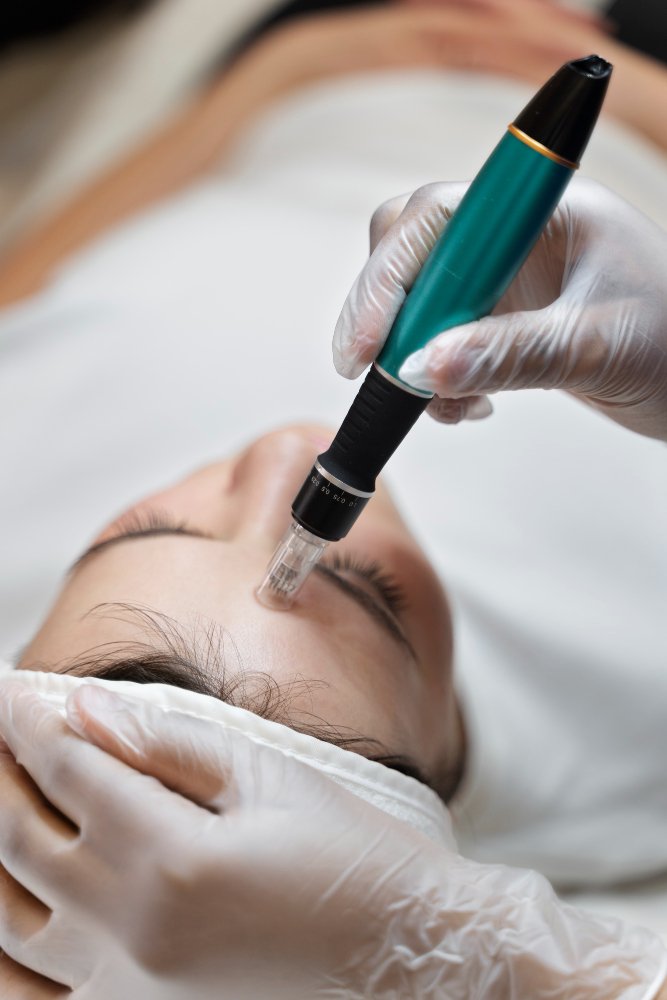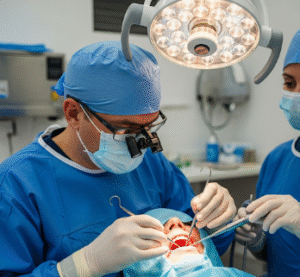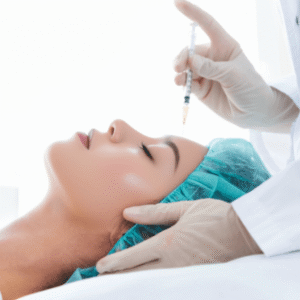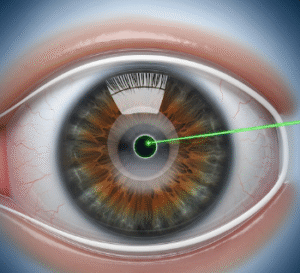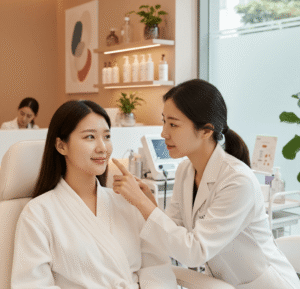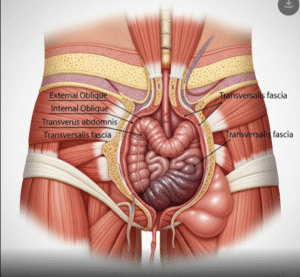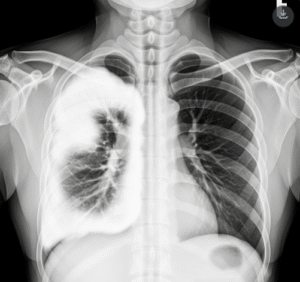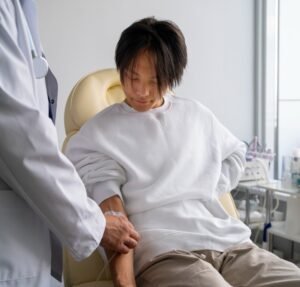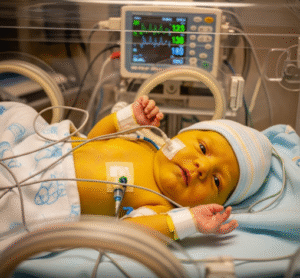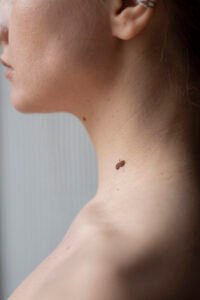What It Is
Alar base reduction is a cosmetic surgical procedure that narrows the width of the nostrils. It targets the base of the nose where the nostrils flare, helping create a more proportionate and balanced nasal appearance. The procedure is often combined with rhinoplasty but can also be performed independently to refine nasal width.
Why It’s Done
Patients opt for alar base reduction to address nostrils that are too wide, flared, or asymmetrical. Cosmetic motivations are the most common, as the procedure enhances facial harmony and improves nasal proportions. It can also help correct congenital deformities or minor post-traumatic nasal irregularities. Ideal candidates are adults with fully developed noses seeking subtle but noticeable improvement.
Alternatives
Non-surgical alternatives are limited. Temporary nostril narrowing can sometimes be attempted with makeup contouring or fillers, but these solutions do not provide permanent structural correction. Surgical intervention remains the definitive treatment for persistent or significant flaring.
Preparation
Prior to surgery in Korea, patients undergo a detailed consultation, including facial analysis and discussion of aesthetic goals. Surgeons evaluate nasal cartilage and skin thickness to ensure optimal outcomes. Patients are advised to avoid smoking, alcohol, and blood-thinning medications before surgery and may be instructed to fast if general anesthesia is planned.
How It’s Done
Alar base reduction is typically performed under local or general anesthesia. The surgeon makes small incisions at the base of the nostrils or inside the nostril crease. Excess tissue is removed, and the remaining skin and cartilage are sutured to create a narrower and more defined nasal base. The procedure generally takes 30–60 minutes and is usually outpatient.
Recovery
Postoperative care involves managing swelling and minor bruising. Sutures are removed within 5–7 days, and most patients can resume normal daily activities within a week. Avoiding strenuous activities, sun exposure, and trauma to the nose is advised for several weeks. Final results are apparent after swelling fully subsides, usually within 1–2 months.
Possible Complications
Potential risks include infection, scarring, asymmetry, or over-reduction of the nostrils. Proper surgical technique by an experienced Korean surgeon minimizes complications, and revision procedures are rarely needed.
Treatment Options in Korea
Diagnosis
Korean surgeons assess nostril shape, symmetry, and skin thickness through physical examination and photographic analysis. Some clinics use 3D imaging to simulate postoperative results.
Medical Treatments
Non-surgical options are minimal, mainly consisting of consultations and minor temporary adjustments with fillers, which cannot provide permanent correction.
Surgical or Advanced Therapies
Korean clinics offer precise alar base reduction techniques with minimal scarring. Advanced methods may involve suture modifications and cartilage reshaping to achieve natural, long-lasting results.
Rehabilitation and Support
Postoperative follow-up includes suture management, swelling reduction strategies, and check-ups to ensure healing. International patients benefit from coordinated care programs that provide assistance with accommodation and transportation during recovery.
Advantages of Choosing Korea:
- Highly skilled cosmetic surgeons with extensive experience in alar base procedures
- Access to cutting-edge surgical techniques for natural results
- Affordable yet high-quality care compared to Western countries
- International patient support to ensure smooth treatment and recovery

